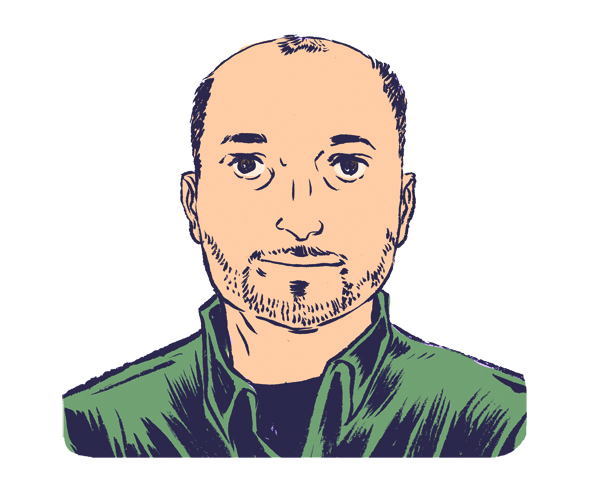
Carlos Martínez de la Serna started working as a journalist in 1998, when he joined the Spanish newspaper El Mundo as an intern. Eleven years later–after launching their website, leading the site’s health news coverage, and reporting on global health issues from East Africa and East Asia–he quit, determined to broaden his tool set to create journalism for the greater good. A crash course in coding convinced Martínez de la Serna that big data could help him write in a more nuanced way about what he sees as the most crucial issues: poverty and social inequality. The result, Por Causa, is a collaboration between poverty, human rights, and data experts and launched formally in July of 2013. (The name translates, roughly, to “because.”) “Since then we’ve been operating in a kind of permanent startup state,” said Martínez de la Serna from Palo Alto, where he is currently a John S. Knight fellow at Stanford University. CJR’s Alexis Sobel Fitts spoke to Martínez de la Serna about using data in the public interest and telling unexpected stories.
How did your interest in data journalism develop? My first interest in data was because I was interested in finding new ways of storytelling. But I needed to learn how to collect data, how to analyze data, and also how to code. There’s a long tradition of computer-assisted reporting in the US. It’s a tradition that’s not really a big trend in Spain. But it’s always along with my view of journalism that it’s a public service. Learning better-detailed tools creates better stories.
When did you first decide that data was the best way to tackle reporting on social justice issues? I did a lot of health journalism, and when you’re doing a lot of health journalism or medical journalism you need to read a lot of research papers to do your job. My intention was to replicate this workflow in other areas. Poverty and inequality, there’s a place where a lot of important fields meet: health education, land use, food access. So to me it seemed like, let’s apply the same research-driven approach we’ve been applying for many years for health journalism to a broader problem.
It’s very related to good medical journalism where you always rely on facts and data and not on anecdotes. You can always go to any deprived neighborhood in Madrid and find a good story, a very impactful story and make a very, Hey, this is a picture and this is a story, let’s print it. We don’t want to do that. We want to first understand the context of this story, let’s work with researchers and try to implement the same kind of approach that they’re doing, but building a narrative, but building a facts-based, data-driven narrative. We don’t want to just tell the story of a person, we want to tell the full context of their situation.
What kind of work have you produced so far? Our first project is called “Where Does the Money For Poverty Go?” and it’s about how taxpayers’ money is being spent. We spent a lot of time collecting data about how the Spanish government spent and distributed money. During the last 20 years, Spain became the sixth-largest donor in the world. This has lots of implications for Spain, but also countries that receive aid, which is lots of Latin American countries and also African countries. A reporter in Bolivia would want to know which projects in Bolivia were financed by the Spanish government–[using a database] you can locate all the projects and how much money.
Then we have a big project called “The Challenge of Child Survival.” There’s been a huge decrease in child mortality and we are trying to understand which countries have been most successful in reducing child mortality since 1990, and why. We have an advisory team, which is a mixed team of journalists and researchers related to child survival, including education and public health. We’re looking to aggregate data regarding child survival, finding the main key indicators. We’re discussing, “Can we create an index for measuring child survival in specific countries?” One out of four children in Spain lives in poverty or social seclusion risk. We forgot about poverty in Spain in the last 40 years, now we need to understand what’s happening and put a face on the problem.
Working in a country without a long history of data journalism, what’s been your biggest insight? I think the main thing that came out from our first project is that we don’t understand how the money was distributed and used for development for the last 20 years. It’s so simple to try to cover headlines. The money was given to this x and y organization, or the money was given to these countries. But it’s really hard to find how the money was used. And it was a huge investment. You go to a newsroom meeting and you say, “I don’t know what’s happening,” and you’re going to be in trouble, because you don’t know what’s happening. But this is true: We don’t know what’s happening. We know it was a scattered investment, but we have no idea if this should be the best approach for the upcoming years. The first thing we learned is you should remain skeptical about headlines. It’s going to take time.
Alexis Sobel Fitts is a senior writer at CJR. Follow her on Twitter at @fittsofalexis.
